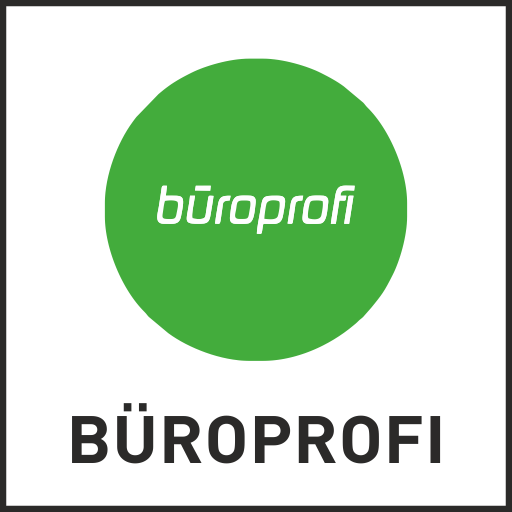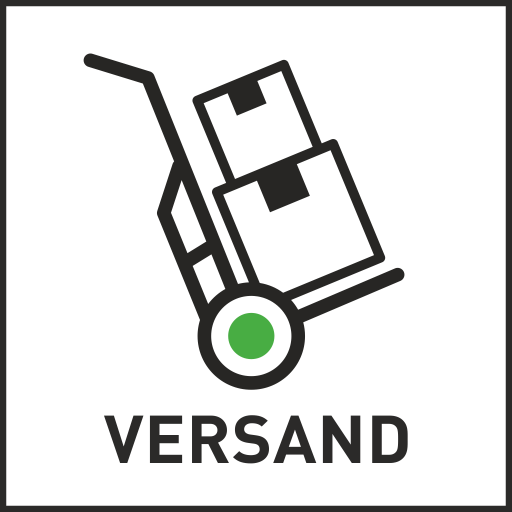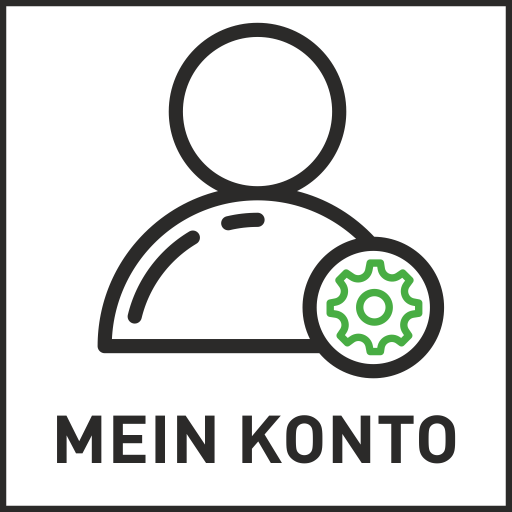
Safe or Not Safe
€ 109,99
Hardcover
XII, 145 Seiten; XII, 145 p.; 23.5 cm x 15.5 cm
Sprache English
2011 Springer US
ISBN 978-1-4419-7867-7
auch als Taschenbuch 109.99 € verfügbar
Besorgungstitel, genauer Preis und Liefertermin auf Anfrage!
Hauptbeschreibung
Based on an EU workshop at the end of 2005, the book discusses risk and our food supply. The introductory chapter will discuss all aspects of risk and how it applies to food, from risk classification to risk management. Following a discussion of risk, the authors will present three different case studies that will emphasize the following issues:• What do we want as individuals, as a society• What is the political context of the risk discussion • When do we act and what are the costs of not acting/acting• International trade and legal issues• Moral dimensions of decision making • How do we deal with the disproportionate "power" of the various stakeholders• Rationality/emotive aspects of argumentation (connection between perception /live experiences, knowledge)• What are facts- and do they change with time • Psychological aspects: rapture of trust; the need for certainty; connection between danger, fear and risk
Langtext
Based on an EU workshop at the end of 2005, the book discusses risk and our food supply. The introductory chapter will discuss all aspects of risk and how it applies to food, from risk classification to risk management. Following a discussion of risk, the authors will present three different case studies that will emphasize the following issues:• What do we want as individuals, as a society• What is the political context of the risk discussion • When do we act and what are the costs of not acting/acting• International trade and legal issues• Moral dimensions of decision making • How do we deal with the disproportionate "power" of the various stakeholders• Rationality/emotive aspects of argumentation (connection between perception /live experiences, knowledge)• What are facts- and do they change with time • Psychological aspects: rapture of trust; the need for certainty; connection between danger, fear and risk
Zitat aus einer Besprechung
From the reviews:
“An additional subtitle to this excellent book should be ‘risk management.’ … This book will be useful for a wide audience, especially students, faculty, and researchers in environmental, food, risk management, political science, legal, and communication disciplines, as well as politicians and the concerned public. Summing Up: Recommended. All readers.” (R. E. Buntrock, Choice, Vol. 49 (2), October, 2011)
Klappentext
Safe or Not Safe
aims to present a comprehensive picture of food-related risk issues, as observed in daily life. Included are numerous real-life examples showing how scientists measure, assess, evaluate and manage potential risks, and how this helps us to decide how to manage our food chain and ultimately the food we eat.
The book is divided into four interrelated chapters. Chapter one deals with risk: Risk examples are given from our daily life, illustrating what we need to know about risks and how to manage them. Chapter two addresses the risks to biodiversity. Chapter three investigates the risks chemical contaminants pose to our health through the food chain. The final chapter reviews the last three decades of creating genetically engineered food, focusing not only on the science behind the technology, but also on issues, such as consumer choice and rights, politics, product usefulness, and the availability of alternatives.
Aimed especially at food science professionals and educators, undergraduate and graduate students, health professionals, and an interested general public will also benefit greatly from this resource.
1. Risks.- 1.1. Why are we writing about this topic?.- 1.2. Risk as a science topic and expected impact on the society.- 1.3 Analysis of the risk issues involved.- 1.4 Stakeholder and Public involvement.- 1.5 Premises for successful risk governance.- 1.6 Chapter summary.- References.- Glossary.- 2. Biodiversity at Risk.- 2.1. Why are we writing about this topic?.- 2.2. Why is biodiversity important for the world and for everyday life?.- 2.3 Science and background.- 2.4 What do we do with what we know?.- 2.5 Future prospects.- 2.6 Chapter summary.- References.- Glossary.- 3.Chemical Contaminants in food.- 3.1 Why are we writing about this topic?.- 3.2 Chemical contaminants and expected impact.- 3.3 Why is the study of health effects caused by contaminants important?.- 3.4 Dioxin: description and origin.- 3.5 Managing Risk.- 3.6 Future perspectives.-3.7 Chapter summary.- References.- Glossary.- 4. The food choices we make.- 4.1. Why are we writing about this topic?.- 4.2. Why have genetically modified food? Why is it important for the world?.- 4.3. GM crops and food.- 4.4. How genetic engineering works.- 4.5. Risk Governance: What do we do to make sure GM crops are safe?.- 4.6. What happens if risk assessment does not lead to clear answers? 4.7. Communicating GMOs.- 4.8. Addressing potential risks of GM crops: case study of Germany.- 4.9. Future prospects.- 4.10. Chapter summary.- References.- Glossary.
Paul Pechan is a researcher at the Department of Communication and Media Research, Ludwig Maximilians University Munich. His background is in molecular biology but since 2000 he has been involved in the research and communication of science to the public and youth. His latest work includes scientific papers on information recall, texts for 5 health films and a UNESCO manual for teachers. Allan Watt is a research scientist at the Centre for Ecology and Hydrology, Edinburgh. He has led several international projects with a focus on conflicts between human activities and biodiversity.Ingemar Pongratz is group leader and holds an Assistant Professorship at the Department for Biosciences and Nutrition at KI. Dr Pongratz’s main research area is the biology and function of pHLH-PAS proteins and he leads his own research group studying the effects of dioxin exposure at the cellular level.Ortwin Renn serves as full professor and Chair of Environmental Sociology and Technology Assessment at Stuttgart University (Germany). He directs the Interdisciplinary Research Unit for Risk Governance and Sustainable Technology Development (ZIRN) at Stuttgart University and the non-profit company DIALOGIK, a research institute for the investigation of communication and participation processes in environmental policy making.














